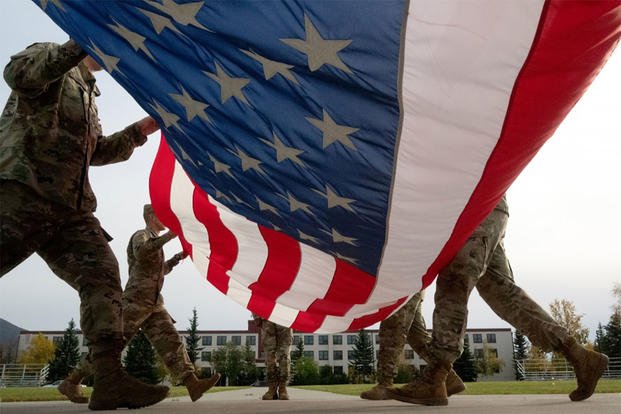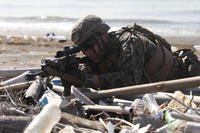Election Day is right around the corner. Are you ready to vote?
In the United States, close political races often come down to the tallying of absentee ballots. Whether you've recently moved or are serving overseas, you want to ensure that your vote and your family's votes count.
The Uniformed and Overseas Citizens Absentee Voting Act helps to facilitate voting for U.S. service members, including those stationed overseas, and their families by requiring states to accept the Federal Post Card Application for absentee voting. Service members or dependents who submit an FPCA once a year to the local voting office in the county where they plan to vote can receive ballots for that year's federal elections.
Whether you're a first-time voter or have voted absentee in past elections, you must file a new FPCA each year to participate in elections as an absentee voter.
If you need help registering to vote, requesting a ballot, casting a "backup ballot" if yours doesn't arrive in time or even figuring out where to vote (usually the state listed on your Leave and Earnings Statement), your unit's voting assistance officer should be able to get you situated.
Here's what military voters and their families need to do to cast an absentee ballot in the 2024 U.S. presidential election:
1. Submit a Federal Post Card Application
The Federal Voting Assistance Program, which administers the FPCA application, advises military members and their families who plan to vote absentee to register to vote by submitting a new FPCA to the county of their voting residence every January and every time they move.
If you haven't already filled out the FPCA in 2024, now's the time. For the elections scheduled for Nov. 5, most states require registration and ballot requests by deadlines in October. Go to FVAP.gov to find your state's deadlines.
2. Request Your Ballot
One way to request your ballot is via the FPCA application. Most states also let you request ballots on their websites or download request forms.
The FPCA lets you request absentee ballots for all elections for federal offices (president, U.S. Senate and U.S. House of Representatives), including primaries and special elections, in the year you submit it. FVAP's online assistant can help you complete the application.
3. Receive and Complete Your Ballot
States are required to send out ballots 45 days before a regular election for federal office if you've registered early enough. They generally send out ballots at least 30 days before primary elections.
4. Return Your Completed, Signed Ballot
Some states allow you to return your completed ballot electronically, and others do not. For overseas voters whose state requires them to return their absentee ballot by mail, this may mean putting the ballot in the mail weeks before an election. This requires taking all the necessary steps to make sure you have a ballot in your hand in time to make that deadline.
The Military Postal Service's recommended mailing deadlines for the Nov. 5, 2024, election, are:
- From a ship at sea: Oct. 1
- From outside the U.S.: Oct. 24
- From stateside: Oct. 31
To help with any roadblocks, every installation or unit must appoint a voting assistance officer (VAO). This person is responsible for providing information and for helping service members and their families get any materials they need in order to submit an absentee ballot in state and federal elections.
You may have learned the name of your VAO in a voter-awareness class or from posters urging you to vote. If not, you can find out the name from your personnel administration office, chain of command or family support group.
Know All Your Legal Rights and Benefits
Be aware and get what you are entitled to. Keep up with all the legal benefits available to you as a service member, veteran or spouse and get updates delivered straight to your inbox by subscribing to Military.com.






















